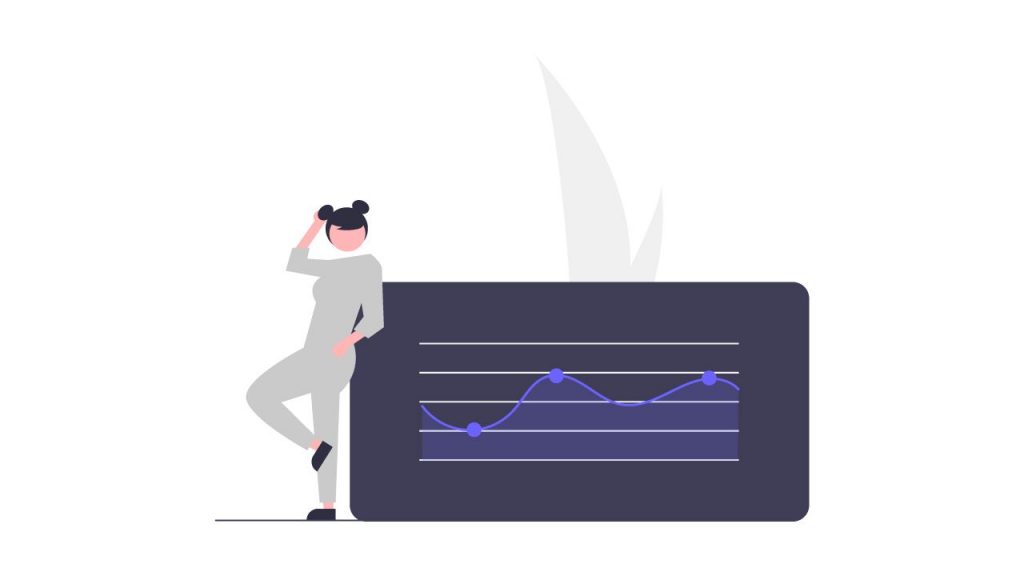It is crucial to understand that making a profit is one of the most critical business objectives. To reach that goal, it is essential to set reasonable prices that consider the expenses of manufacturing and packaging your stocks.

What is markup?
The markup is essentially the difference between the cost of a product or service and its actual selling price.
Manufacturers can pay the cost of goods needed to build the product and still profit by using markup. The final pricing includes both fixed and variable expenses.

Markup is commonly expressed as a percentage in a marketplace. Understanding it is critical to the success of a corporation or business.
For instance, tariff plan adoption will be one of the essential aspects of strategic pricing. The markup on a service or good must be sufficient to balance or pay for all of the company’s expenses. It must also be able to generate profit for the firm or corporation. Take into account that the markup varies from industry to industry and depends entirely on the firm’s reputation, consumer loyalty, to name a few.
How to calculate markup?
Estimating markup on your products or services may be challenging; however, you must keep it on the top of your stats to make solid business judgments.
Keep in mind that if you want to make a profit on your products and services, you will need to charge a price that is a percentage more than its value. Companies decide unit selling prices and satisfy profit targets by using markup percentages, which is a straightforward and frequent method.
The markup formula is the following:
Markup = Cost – Selling Price
While you may calculate markup manually, it is much more practical and efficient to use free calculators to handle the job for you. All you need to do is enter the cost and the markup %, and the calculator will estimate your margins, sales, and profits immediately.
What is the markup percentage formula?
It is essential to develop a solid pricing strategy as it can significantly increase a company’s profitability.
Consider that a price that is too low can lead to a loss of profits, and a price that is too high can lead to a loss of customers. Finding a balance between a price high enough to make a profit and a low price to beat the competition is critical.
In determining the appropriate markup percentage, each company must evaluate many elements such as operating and selling costs, revenue targets, competing prices, pre-existing items, inventory reductions, and other expenses.
Keep in mind that there is no definition for a perfect markup ratio.

However, most firms opt for a 50% markup, meaning that you are charging a price that’s 50% greater than the cost of the commodity or service.
You may calculate a suitable markup % for your firm using a simple formula:
Markup % =(selling price – cost) / cost x 100
For instance, if your product costs $25 to create and costs $40 to sell, the markup rate is: ($40 – $25) / $25=0.6 x 100 = 60%.
A 60 percent markup on your products or services is a safe idea, as it assures that you earn enough to cover manufacturing expenses while still making a profit. If your margins are too narrow, you may not be making enough money to cover production costs.
What’s the difference between markup percentage and gross margin?
The primary difference between markup and margin is that margin is the volume of sales minus the cost of goods sold, whereas markup refers to the amount the item’s cost raised to arrive at the final selling price.
With a good grasp of these two terms, you can ensure that price setting is done precisely. On the other hand, confusing these terms can lead to excessively high or low pricing settings, resulting in lost sales or profits. Excessively high or low prices can differ significantly from the prices paid by competitors, which can inadvertently affect market share.
What is Margin?
Margin is the essential difference between sales and the cost of goods sold. For instance, if a product sells for $50 but costs $20 to produce, the profit margin is $30. Alternatively, the margin percentage is 30% when expressed as a percentage (calculated as the margin divided by sales).
Remember, the higher the margin, the greater the percentage of income held by the corporation after the transaction. If a corporation does not understand its profits and margins, it may not correctly assess its position, resulting in a loss of income.
Verdict
Not knowing about profits and margins is not the only way to lose financial resources and time.
Not monitoring your inventory and having complete control over it can also affect your business drastically. Businesses and corporations must utilize inventory management systems and monitoring tools to ensure the overall organizational quality of goods.
With modern inventory management systems like eSwap, you can efficiently deal with that task.
Due to smooth navigation and easy-to-use features and tools, you will be able to monitor all your inventory on one screen. With eSwap, you will have complete inventory control of every product variant as separate products.
Moreover, you will be able to set different pricing for variants per pricelists and automate sales management across multiple warehouses.







